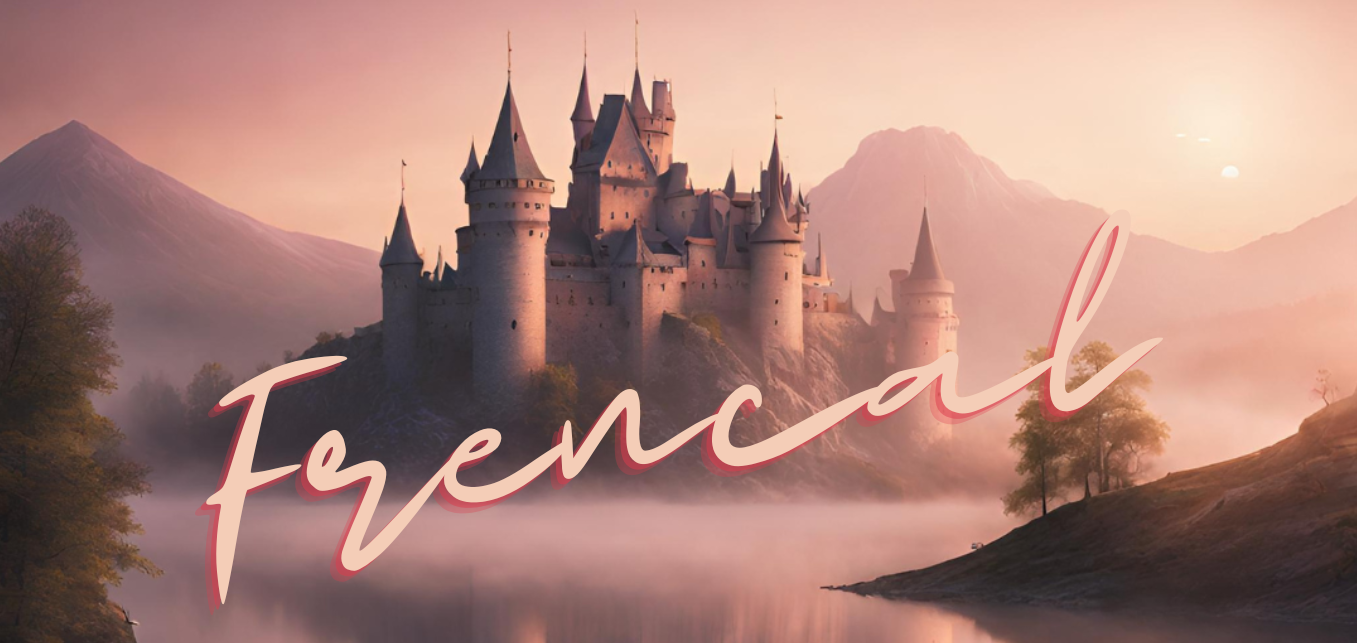Fire Drake
Habitat
There is no other creature as feared as the Fire Drake by the City of the One's population.
A near mythological species, the mysterious fire drake has only been studied very few times.
The notes on the species, detailed below, are only partial and sometimes refer to ancient texts written hundred of years ago by the Fervents - a circle of druids obsessed with the Firelands and its inhabitants.
Myth and Credence
Fire drakes are only spotted very rarely over the city. Their sightings are an omen of evil tidings and usually accompany extraordinary volcanic activities in the Firelands, hundred of miles away at the end of the western wastes.
However, despite their evil reputation, there have been very few known cases of fire drakes harming the population.
Nevertheless, tales of drakes swooping from the Skydome to carry hapless citizens away in their talons or, even more rarely, frying them to a crisp with their blue fired breath, abound.
If to the general population, the drakes seem evil and monstrous creatures, for the druids, known as the Fervents, they are sacred and seen as the creation of Araxa - the Molten Dragon - in whom the druids have an unshakable faith.
According to the tenets of their faith, the drakes are a sentient species, created by Araxa to serve her and do her bidding.
It is then not so surprising that the best studies of the drakes have been carried out by the Fervents in an effort to better understand Araxa's wishes and her gifts.
Most texts regarding the Firelands and the drakes are to be found in the Temple of Araxa, within the Fervents' compound, known throughout the city as Blind Square.
Anatomy and Morphology
As studied from the skies, it seems there are indeed several types of drakes. It is not sure if all of them are different species or some juvenile forms. Here are descriptions of the two most common drakes: the Black Drake and the Brown Demon.
The Black Drake is the largest and the most common. It is usually the size of three horses and possesses a set of powerful bat-like wings of a dizzying span.
The longest span recorded might have reached 4 furloughs. The shadows created by the flying menace have long entered the myths and legends of the city's lore.
Another particularity of the Black Drake is its large lustrous scales which are near impossible to pierce with common weapons, and its long and thin tail that the drake is supposed to use as a whip against its enemies.
If there are male and female drakes, it has not been possible to identify which one is which.
The Bronze Demon is the name given to a smaller but usually more aggressive type of fire drake.
Of a stunning brilliant, fiery bronze, this slimmer specimen differentiates itself from the Black Drake not only by its size and colour but also by its slightly different morphology.
The bronze drakes have a shorter snout and much larger eyes. They also sport huge conical ears that tower well above their scaly heads. The ears are usually red or orange depending on the creature.
The tail is generally thicker and forked at the end. Bronze drakes seem to rely more on their fiery breath for combat than their tail, maybe not as prehensile as their cousins'.
Capabilities and Dietary Needs
Not much is known about the Fire Drakes' intelligence as well as their powers. It is certain that they possess keen eyesight in the dark as well as in the Light. They are able to plunge and pick up their victims from a very great height.
Drakes also seem to be sensitive to certain sounds. Music seem to attract their attention.
There are tales of Fire Drakes being 'tamed' and 'enchanted ' by music as well as records of drakes sitting peacefully on a citizen's roof, listening intently to the sound of a viola or a flute.
All drakes can breathe out a blue-flamed cone of fire - the drakes seem to be able to control the intensity and reach of the flame, making it a precision weapon.
They do not eat or take away what has been charred, and seem to prefer by far fresh meat to anything else.
They are mainly fond of horses and mules if they can spot them - with or without their riders on the animals' back.



Comments